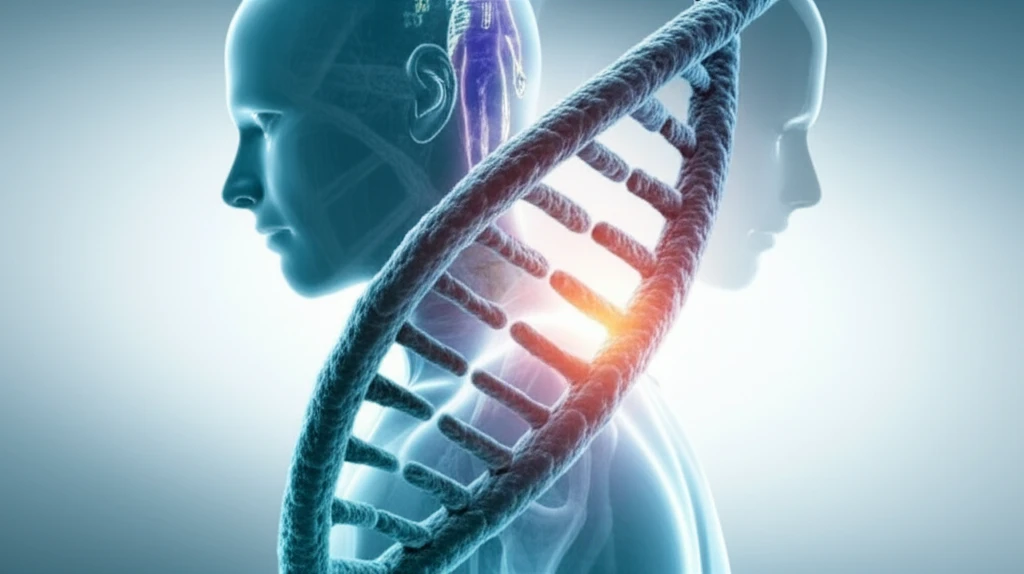
Decoding Mixed Chimerism: Why Accurate HLA Typing Matters
"New insights into overcoming HLA typing challenges in patients with mixed DNA."
In the world of transplants, Human Leukocyte Antigen (HLA) typing is very important. It's how doctors match patients with suitable donors. But sometimes, a condition called mixed chimerism makes this matching process much harder. Mixed chimerism is when someone has DNA from two or more individuals. This can happen after certain medical treatments. When HLA typing is being done, this mix of DNA can lead to confusing or incorrect results.
Two recent cases highlight just how tricky mixed chimerism can be. In these cases, standard HLA typing methods gave unclear results. This created problems for treatment plans. Labs are using modified approaches to solve the problems to deal with mixed chimerism. The goal is to provide accurate HLA typing results.
This article will explore the challenges and solutions in HLA typing for patients with mixed chimerism. It's designed to help you understand why accurate testing is important for positive health outcomes.
The Challenge of Mixed Chimerism in HLA Typing

Mixed chimerism presents unique challenges because standard HLA typing methods assume a single source of DNA. When a patient has cells from both themselves and a donor (for example, after a transplant), the test results can become difficult to interpret. This is because the tests may detect multiple HLA types, some from the patient and some from the donor.
- Inaccurate Results: Standard HLA typing methods can produce unclear or incorrect results due to the presence of multiple DNA sources.
- Delayed Diagnoses: The complexity of mixed chimerism can delay accurate HLA typing, which is crucial for timely treatment decisions.
- Increased Costs: Additional testing and specialized techniques may be required to resolve ambiguities in HLA typing, adding to healthcare expenses.
The Future of HLA Typing in Mixed Chimerism
Addressing the challenges posed by mixed chimerism requires a multi-faceted approach. Labs are developing new strategies to improve the accuracy and reliability of HLA typing in these complex cases.
Here are some strategies:
Ultimately, improving HLA typing in mixed chimerism will lead to better patient outcomes. Accurate results ensure appropriate treatments and minimize the risks associated with transplants and other medical interventions.
